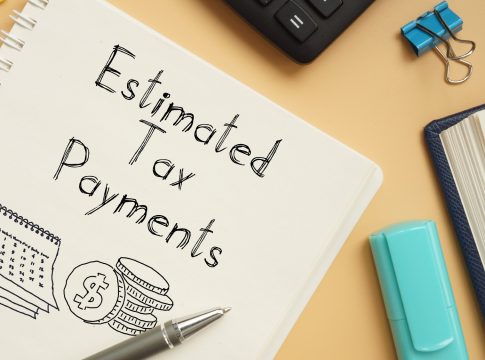Understanding Quarterly Estimated Tax Payments
For many people, Tax Day is a once-a-year affair, but for freelancers, small business owners, and those earning extra income, tax deadlines arrive much more frequently. This article breaks down what quarterly estimated tax payments are, who needs to make them, and what to do if you miss a payment or pay less than you owe.
What Are Estimated Tax Payments?
Estimated tax payments are essentially prepayments of your income tax. If you earn income that isn’t automatically taxed through a paycheck—like self-employment income or interest from investments—you’re responsible for sending money to the IRS throughout the year. The U.S. tax system operates on a "pay-as-you-go" model, meaning you pay taxes as you earn.
Who Needs to Pay?
Most W-2 employees have taxes withheld from their paychecks by their employers, which typically covers their tax obligations. However, if you’re self-employed or earn additional income outside of your regular job, you might need to make estimated tax payments. Even some W-2 workers may find they need to pay these taxes if their withholding isn’t sufficient.
As a general guideline, if you expect to owe $1,000 or more in taxes for the year, you’ll need to make regular estimated payments to avoid penalties.
How to Calculate Payments
Wondering how much to pay? The IRS requires that at least 90% of your total tax bill for the year is paid through these quarterly installments to prevent penalties, even if your final amount due is zero when you file your return in April.
To estimate your quarterly payment, you can either:
- Use last year’s total tax bill: Simply divide this amount by four and pay that sum each quarter.
- Estimate based on current earnings: Keep track of your income throughout the year and calculate your tax liability accordingly.
IRS Form 1040-ES can assist you in calculating your estimated payments, and using tax software or consulting a tax professional can simplify the process.
Key Deadlines
When must you pay? Generally, estimated tax payments are due on:
- April 15
- June 15
- September 15
- January 15 of the following year
If any of these dates falls on a weekend or holiday, the deadline might shift slightly.
Extensions and Avoiding Penalties
Need extra time? You can request an extension to file your return using IRS Form 4868, but be aware that this extension does not extend the deadline for paying your estimated taxes.
Failing to make your payments can result in penalties, so it’s crucial to stay on track throughout the year. By understanding your obligations, you can manage your finances more effectively and avoid last-minute surprises during tax season.
In summary, while taxes may seem daunting, knowing the ins and outs of estimated payments can alleviate stress and help you stay compliant with the IRS. Stay proactive, keep records, and consult resources if needed, and you’ll navigate your tax obligations with ease.

Writes about personal finance, side hustles, gadgets, and tech innovation.
Bio: Priya specializes in making complex financial and tech topics easy to digest, with experience in fintech and consumer reviews.

